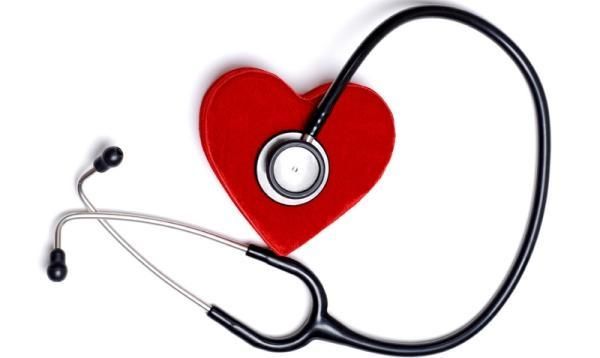Stethoscopes Could Become Extinct, Doctors Say

The image of a doctor with a stethoscope hanging around the neck may seem iconic, but in fact, this image may not last much longer, as hand-held ultrasound devices are predicted to replace 200-year-old stethoscopes in near future, doctors say.
These pocket-sized ultrasound machines look similar to smartphones, and can diagnose heart, lung and other problems more accurately than traditional stethoscopes, said doctors writing in an editorial published today (Jan. 23) in the journal Global Heart.
"With ultrasound devices, one can not only look at the heart, but all of the organs in the body," said Dr. Jagat Narula, professor of cardiology at Mount Sinai School of Medicine and one of the authors of the editorial.
The ability to get a better look inside the body could prevent misdiagnoses, and help doctors detect abnormalities that need to be followed up with other tests.
"As a matter of fact, stethoscope is a misnomer," Narula said. The "scope" part of the word implies that the device is used for looking at something. René Laennec, the French physician who invented the stethoscope in 1816, used the stethoscope as an indirect way to "look" into the chest.
"Now that we have ultrasound, we have a real 'stethoscope' in our hand," Narula said. [5 Fascinating Facts About Fetal Ultrasounds]
The ultrasound device, invented in the 1950s, used to be as big as a refrigerator. But as with other computer technology, ultrasound machines rapidly grew smaller and more powerful.
Sign up for the Live Science daily newsletter now
Get the world’s most fascinating discoveries delivered straight to your inbox.
"Many authors have argued that ultrasound has become the stethoscope of the 21st century," Narula said. However, it is not found in every doctor's pocket because of its price, typically running from $8,000 to $10,000.
Another reason the devices are not more commonly used is that the technology is relatively new. Physicians who completed their training long before handheld ultrasounds were available are unlikely to use the devices, but this may change with future generations of doctors.
"Medical students are now using it. We are training them with ultrasounds in the first years of medical school," Narula said.
The new devices could potentially impact the relationship between the doctor and patient, Narula said.
"Now, when a patient comes to me, I just talk to them for a few minutes, then I send them for a test and tell them to come back," Narula said. But "with an ultrasound device, I will be examining them on the bedside, spending 10 to 15 minutes with them, and talking as I'm doing ultrasound examination."
However, departing with the stethoscope, the one thing that goes hand-in-hand with the white coat, may be bittersweet, Narula acknowledged.
"When my daughter went to medical school few years ago, at the white coat ceremony, the only thing I did was give her a stethoscope on that day," he said.
Email Bahar Gholipour. Follow us @LiveScience, Facebook & Google+. Original article on LiveScience.
